Maison Européenne de la Photographie’s latest exhibition proposes an alternative history of photography – told through the lens of love
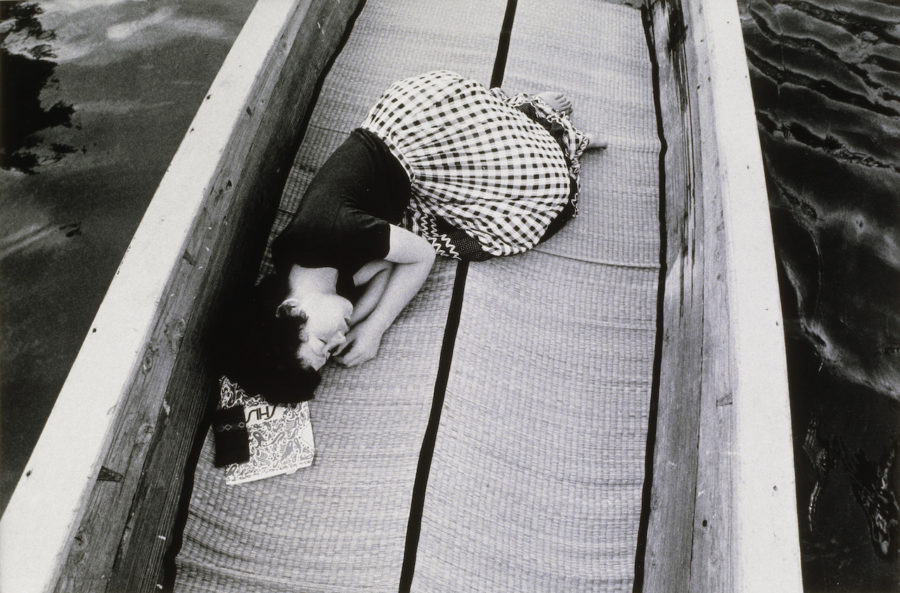

Maison Européenne de la Photographie’s latest exhibition proposes an alternative history of photography – told through the lens of love

With Mold’s fifth annual issue exploring what seed intelligence can teach us about preparing for an uncertain future, Lenancker’s hypnotising still-life cover was born from sculpting and photographing seed-inspired shapes
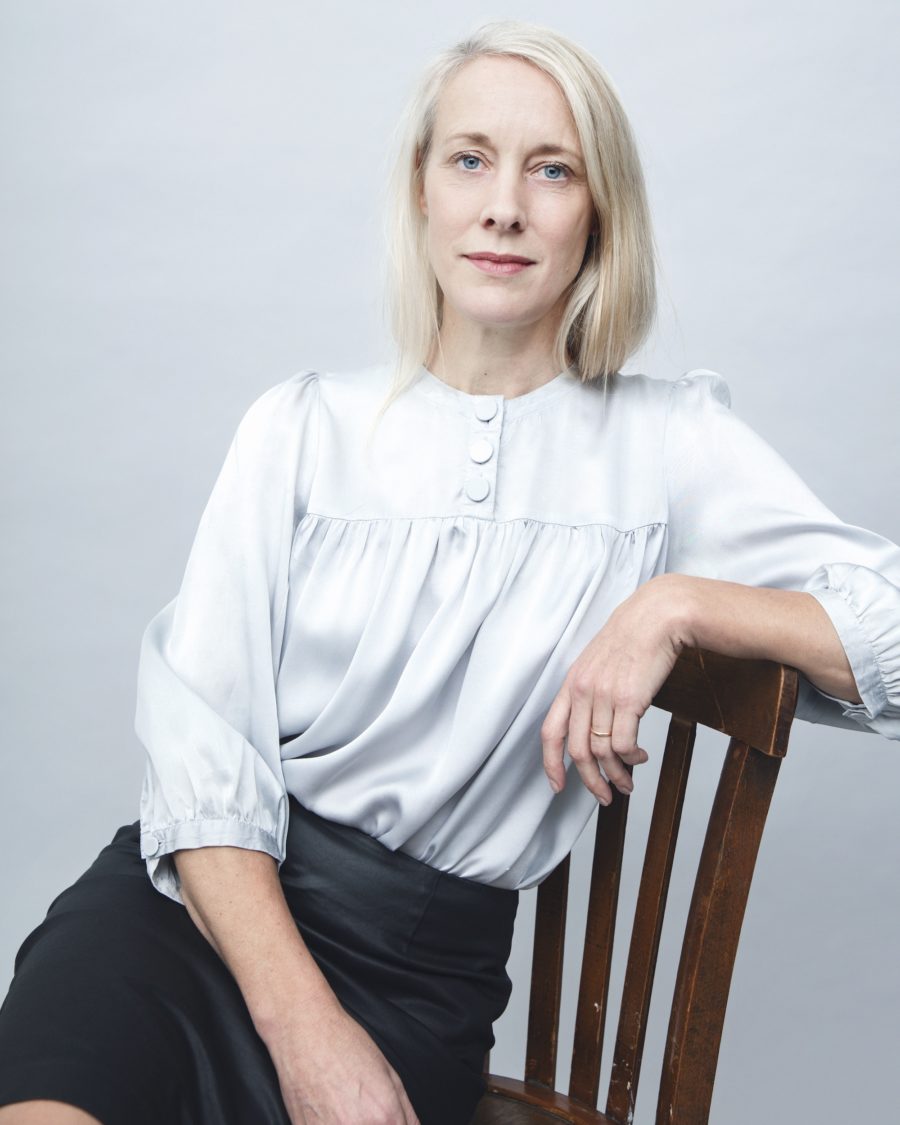
Established in Paris in 2018, Galerie Miranda aims to champion artists who are celebrated in their own country, but little known in Europe. Here, its founder shares her story
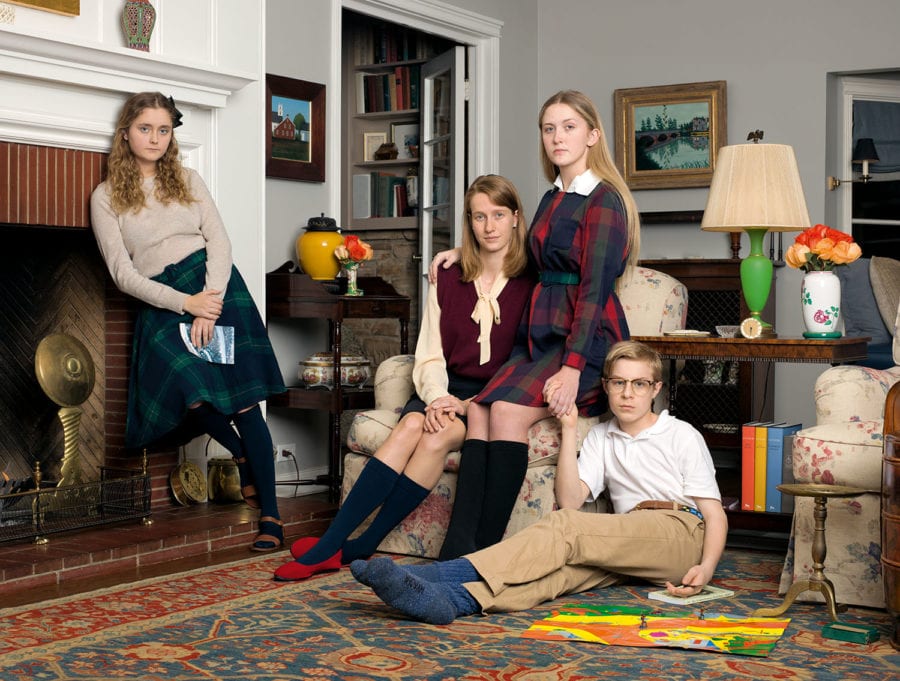
Joined by new partner DELPIRE & CO, Paris Photo and Aperture have announced this year’s PhotoBook Award winners
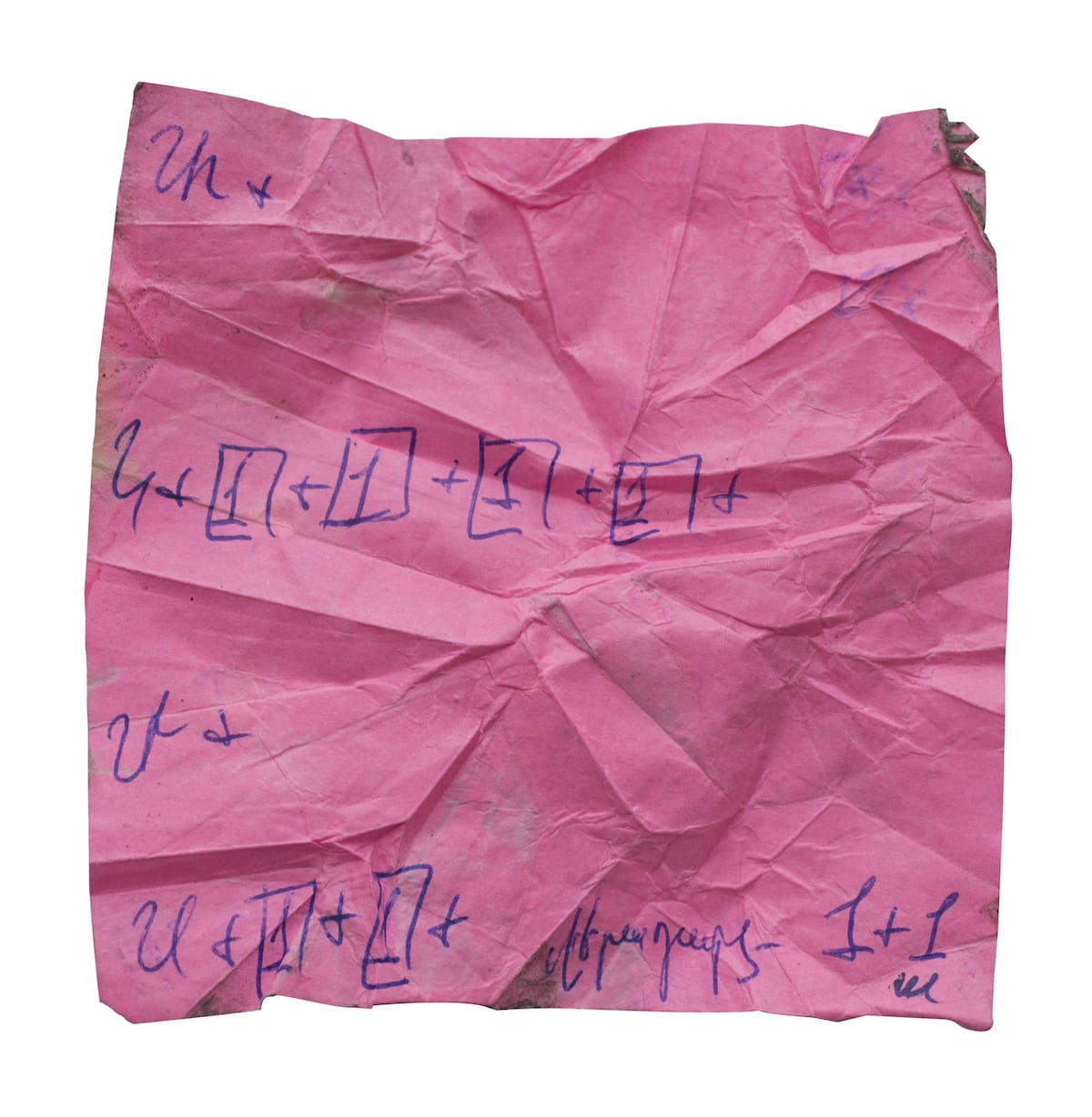
Circulation(s) returns for three months from April 20 2019 at the CENTQUATRE with a focus on emerging European photographers
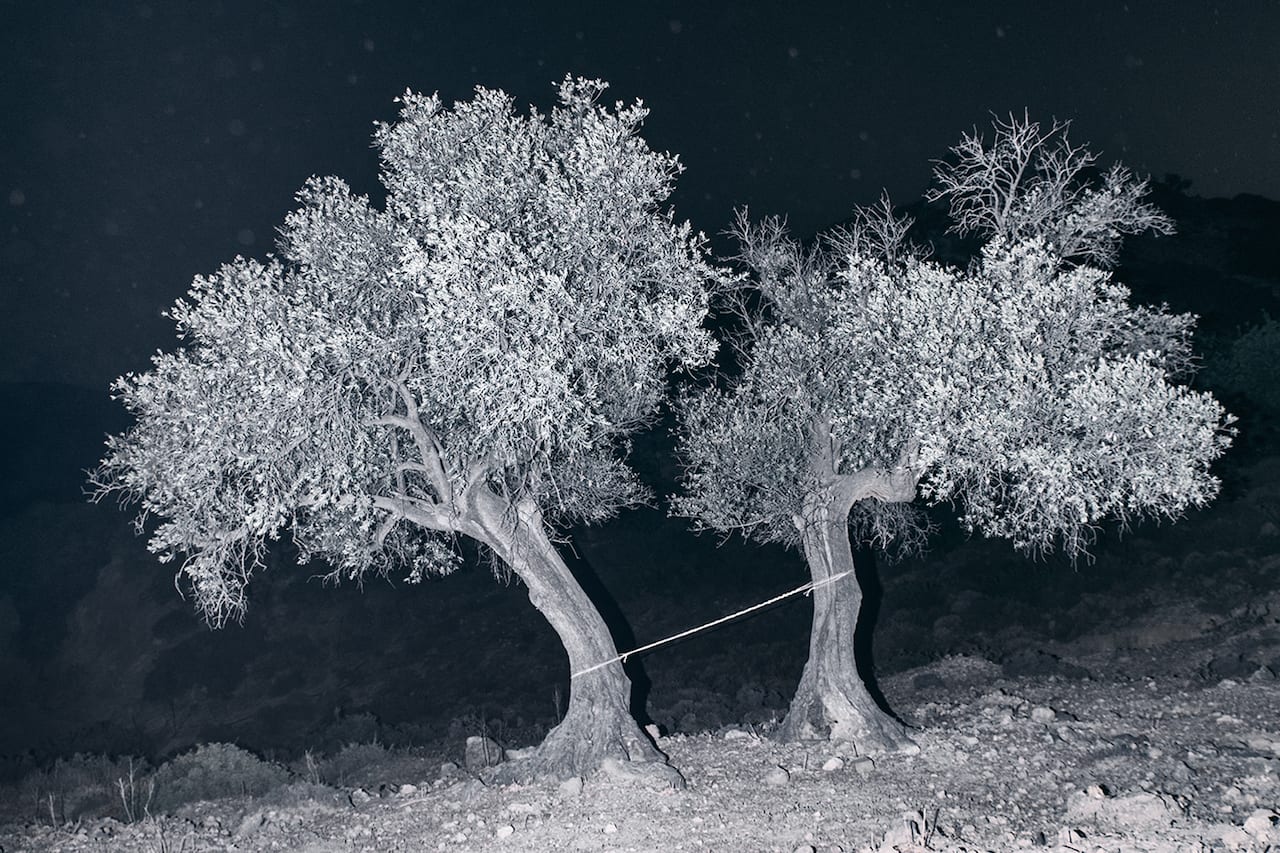
“I believe that collective memory and individual experience, politics and personal beliefs, are interrelated,” says Yorgos Yatromanolakis, and it’s easy to see why. Born in Crete in 1986, he got into photography in December 2008 because he wanted to document the riots that broke out in Greece after a 15 year-old, Alexandros Grigoropoulos, was shot dead by the police. Shot in grainy black-and-white and printed by Yatromanolakis, the resulting images were later self-published as a book, Roadblock to Normality.
“Roadblock to Normality is a small, personal, but at the same time collective notebook emanating from my participation in political and social movements in my country,” says Yatromanolakis. “It certainly captures, in a subjective way, some critical political events.”
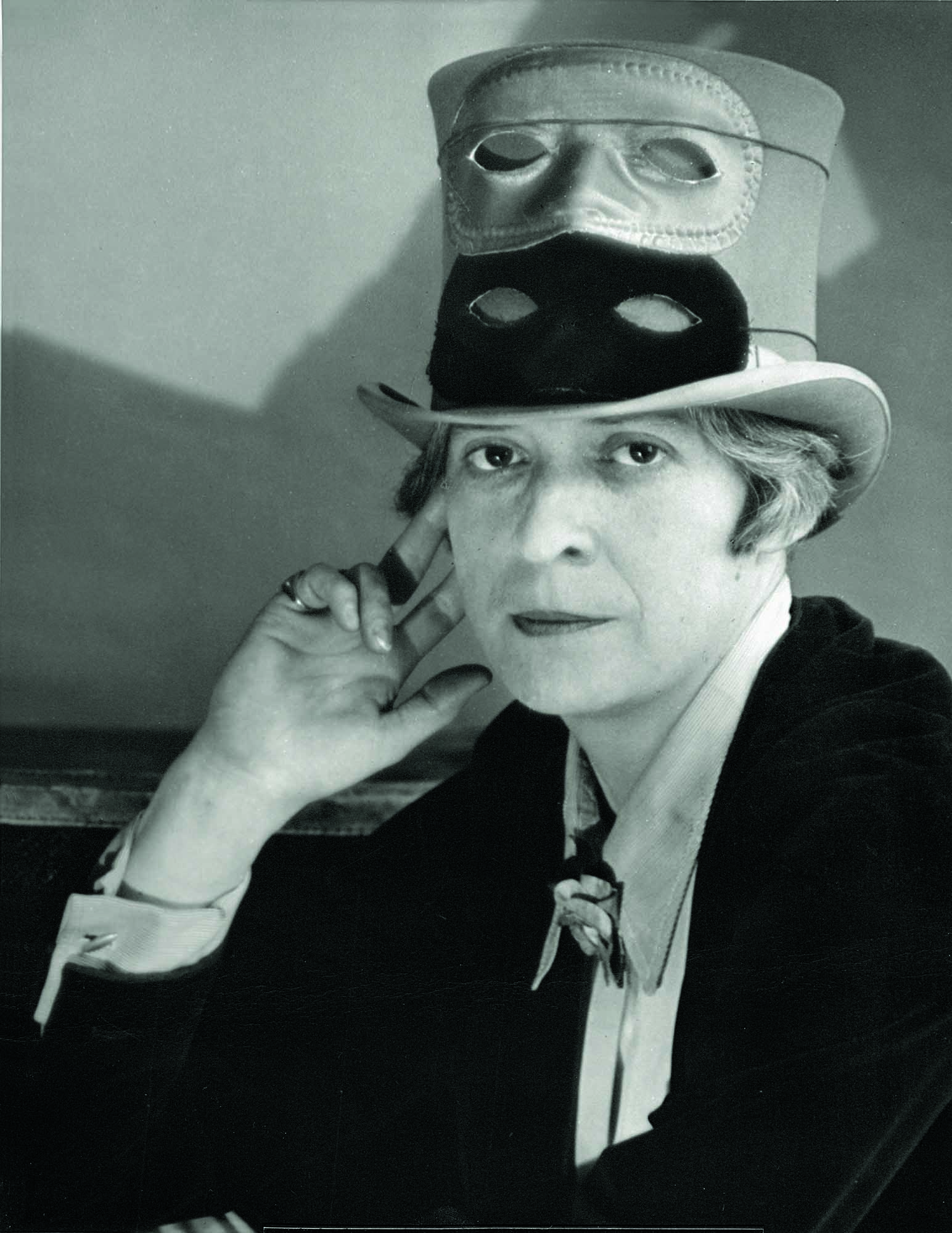
“To me photography is a means, perhaps the best means of our age – of widening knowledge of our world. Photography is a method of education, for acquainting people of all ages and conditions with the truth about life today,” wrote photographer Berenice Abbott, in an unpublished text from 1946, Statement in Regard to Photography Today. Berenice Abbott: Portraits of Modernity will run at the Fundación MAPFRE in Barcelona till 19 May 2019. Following its showing in Barcelona, the exhibition will go on display at the Fundación MAPFRE’s Sala Recoletos in Madrid from 01 June till 23 August.
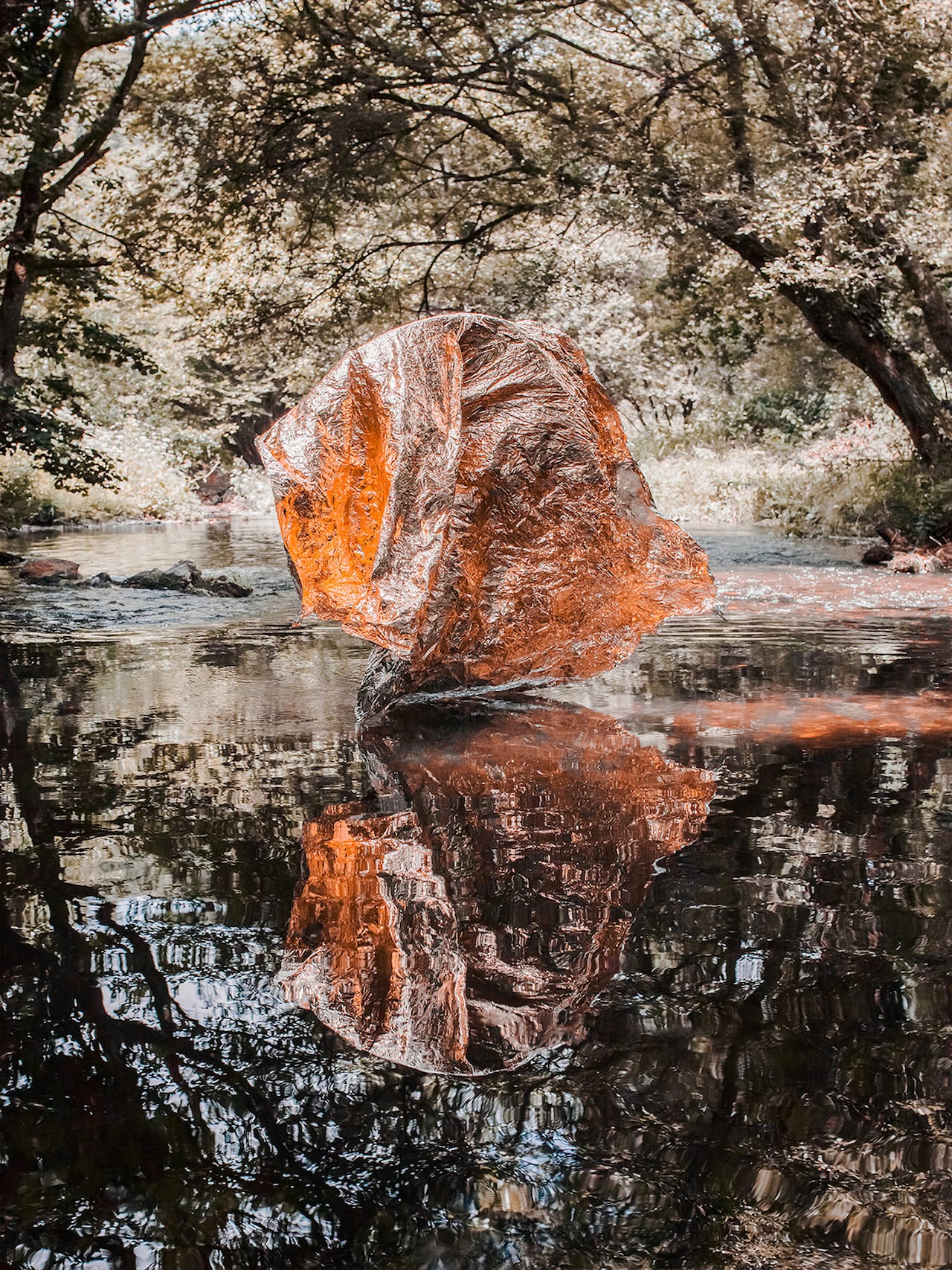
Born in 1981, French photographer Benjamin Deroche studied literature before becoming a photographer – and its mark can perhaps still be seen in his images’ ability to “dereal reality” as critic Françoise Paviot puts it. In his recent series Surnature and Baltica, for example, he creates installations within the landscape, contrasting the natural world with his constructed interventions.
Evoking the land art of Andy Goldsworthy or Nils Udo but resulting in appealing, richly-colour images, this work aims to help viewers question their vision of the world. “There are often very beautiful things in the exteriors of my image but I decide not to return them,” he says, “to leave them out of the field as if there existed a kind of magic to guess them.”
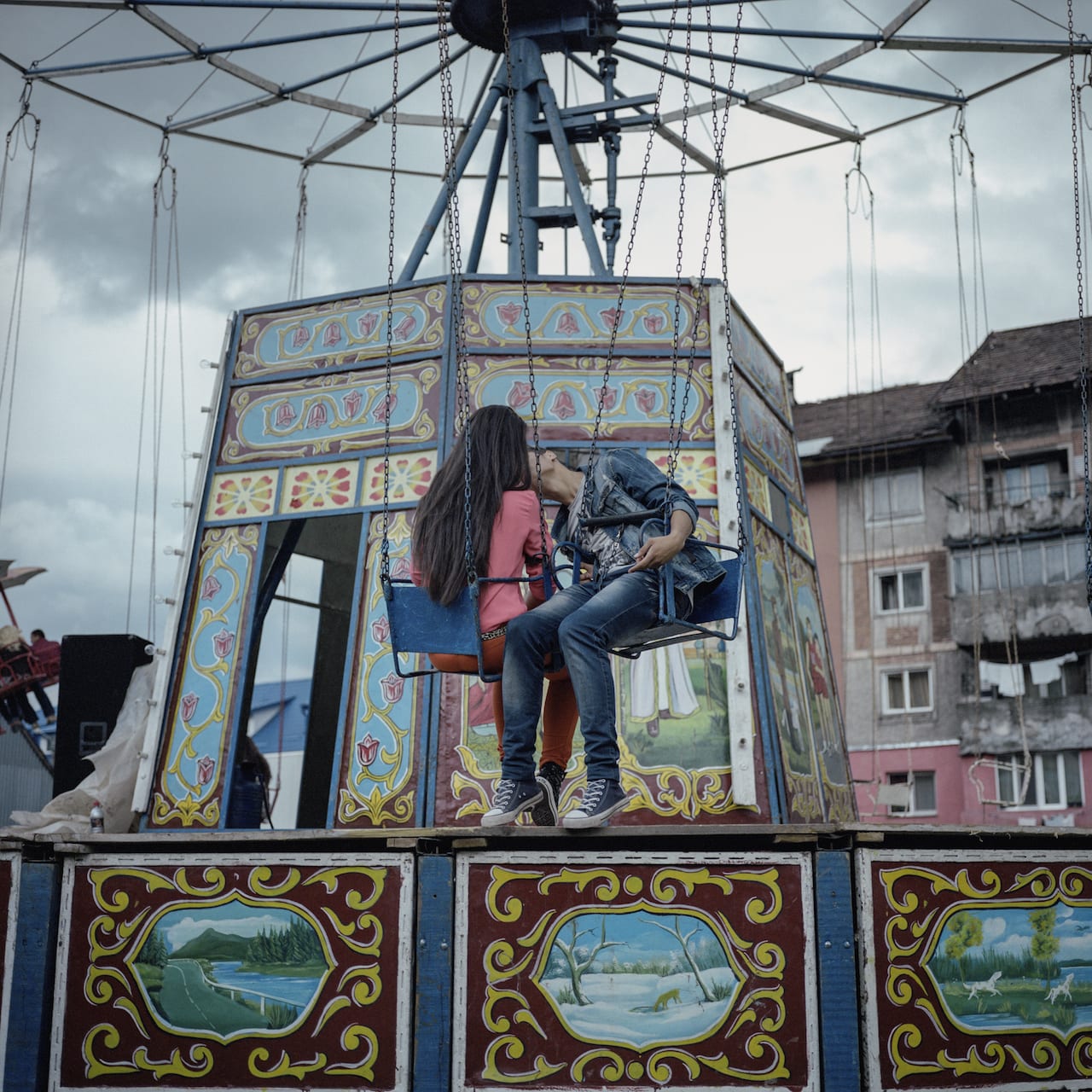
Our pick of the key stories from the past week, including Paris’ Circulation(s) festival of emerging European photography, the first-ever Kyiv Photo Book festival, and Todd Hido’s Bright Black World
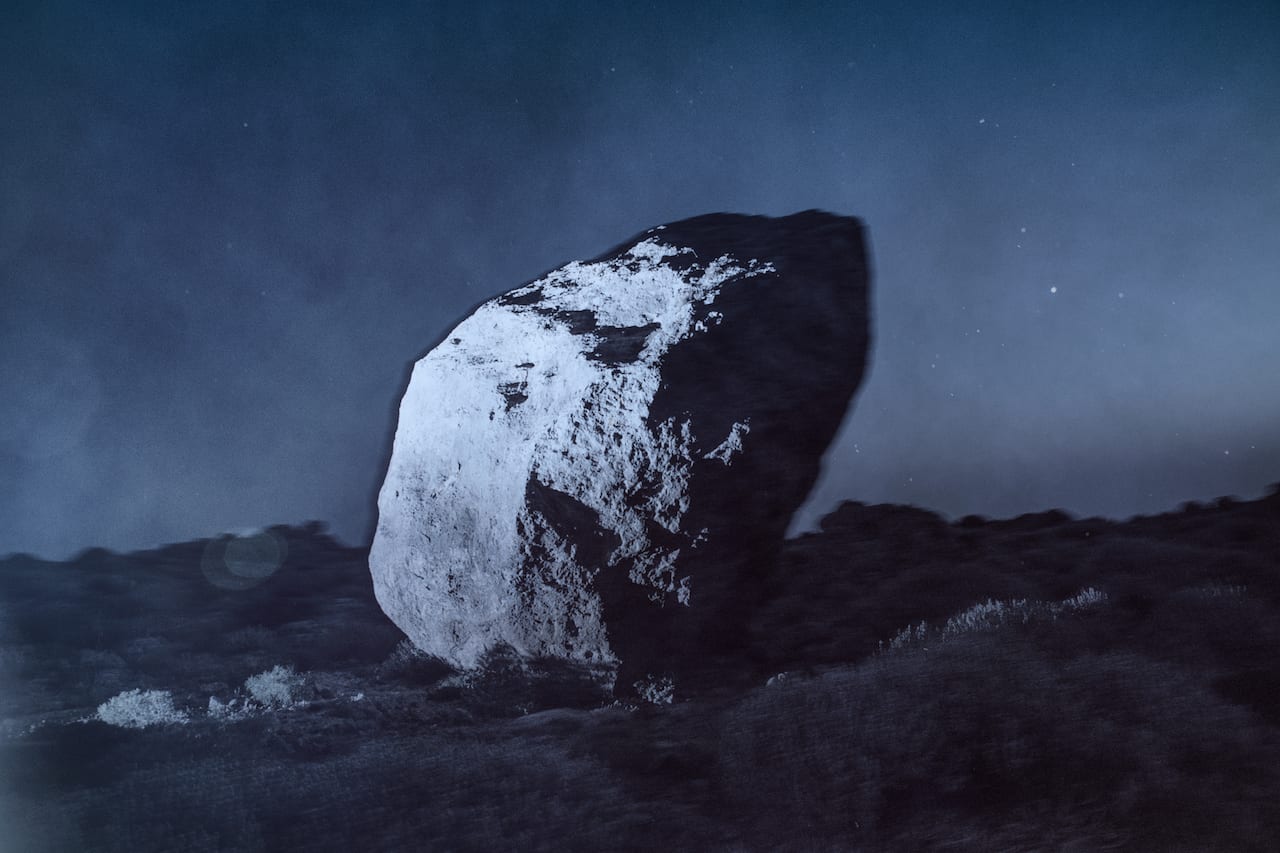
The Circulation(s) festival returns to Paris from 20 April – 30 June, featuring work by photographers based in or originally from Europe. This year the festival has been directed by Francois Cheval and Audrey Hoareau, who used to work together at France’s respected Musée Nicéphore-Niépce but left to set up The Red Eye project. As they’re at pains to explain, though the festival is pitched as a festival of “young photography”, it actually promotes emerging work, whatever the photographer’s age.
“There isn’t really an age limit, the only “true” condition is to come from Europe or to reside in a European country,” they say. “Another criterion is to not have been shown very much in France and Europe. We know that the term ‘young photography’ is ambiguous… Circulation(s)’ desire is simply to offer emerging photographers, regardless of their age, a springboard.”
They add that the festival was one of the first to question the overrepresentation of male photographers, and also to pay its exhibitors; in addition, this year’s edition includes photographers from “countries whose state of contemporary photography is insufficiently known”, such has Georgia or Estonia. It also includes Romania, which this year has a special focus as part of the French Institute’s France-Romania Season.